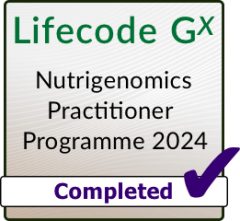Reference Number: 113
Year: 1987
Link: Link to original paper
Inclusions: Salt
Summary
Summary
When a combination of yeast and chemical leavening was used in bread, yeast was tolerant to moderate changes in pH but its gassing abilities were impaired when subjected to high pH (2 9.7). At the pH encountered in doughs containing NaHCO (~ 6.75), the yeast was about 90% as active as control dough (pH 5.5). A laboratory-scale, remixing scheme was developed to incorporate chemical leavening into yeasted doughs. Baking results indicated that the major factor affecting loaf volume was not pH, but rather the salts produced from the leavening reaction. The paper suggests that specific ions were detrimental to loaf volume and texture.
SIGNIFICANCE OF THIS STUDY
The current study highlights the importance of salts and pH on the structural properties of bread. At the sourdough school we use unrinsed salts that are known to naturally have high levels of minerals such as magnesium sulphate, calcium sulphate and calcium carbonate. Sulphates in particular stabilises proteins within the flour by forming interactions and thereby help strengthen the dough structure. Sulphate salts have also been shown to have stronger dough strengthening properties compared to chloride salts and the combination of these unrinsed salts is probably what creates the most favourable sourdough bread in terms of texture and flavour.

